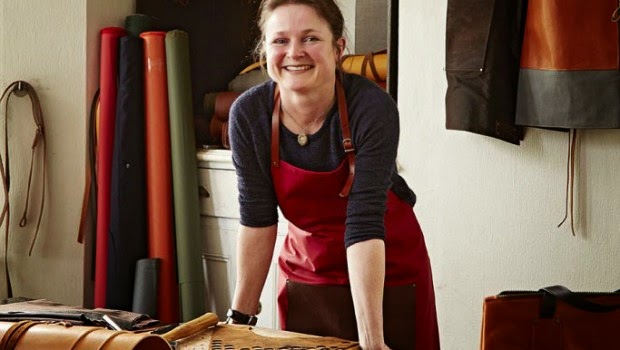Like most business ventures, starting a new fashion brand begins with a great design that gets other people excited and makes them want to have “it”. Fashion brands absolutely must have that “gotta-have-it” factor if they’re to take off. Think Tory Burch and those elegantly simple Reva flats or Diane von Furstenberg with those snazzily cool wrap dresses.
But that’s just the beginning. Once the design has been developed and sketched out (artsy friends could be of enormous help here), the next step is making the prototype. A great idea has to be shown to prospective buyers. Prototypes are rarely cheap – materials have to be paid for, and the higher the quality, the higher the price tag.
Take the example of a T-shirt. People who’ve designed one and really want to get their brand out there will need to do a good deal of legwork. Such people, who probably see themselves as indie designer-entrepreneurs rather than amateurs, will have built up a small repertoire of good designs and may have the money to buy designs from other designers that catch their eye.
They may already have done a fair bit of startup donkey work, like sourcing the materials to find fabric stock that meets designer requirements (and, crucially, budgets). They will have researched websites like MakersRow.com to identify a suitable factory capable of producing the designs in volume, but may not have sufficient money to have their items custom made. Many will have opened an e-commerce site (or chosen to ride on the coattails of established players like Shopify or Etsy) and had a website built to promote their products and sale/display events. Those who can’t code and design their own websites might consider getting one professionally built for them (it’ll cost around £650-£1300) – but it’s an investment well worth the expenditure.
To take the next step and really grow the business, designer-entrepreneurs will almost certainly need to attract investors to their brand. Around £300 may be enough to print a fair number of shirts, but £6 – £6,500 would enable designers to get hold of a silkscreen carousel and begin their own in-house printing. From there, an indie can turn pro, seriously promoting and advertising the brand, expanding the range of products to include not just T-shirts, but jackets and denim, too.
Seasoned investors are going to be critical at this stage. Take a look, for example at veteran businessman and investor Fahad Al-Rajaan’s Director profile. This is the kind of investor who not only has a wealth of wealth, but also a wealth of business knowledge. The kind of money needed to take this kind of step typically starts at around £15,000 to £16,000 and, depending on returns and success, can head for the stars to continue brand expansion, including to overseas markets.
Designers moving from indie to pro really need to think hard about the quality and professionalism of their products and the amount they can realistically produce. A T-shirt, for instance, will look considerably more professional if it’s produced using softhand ink on high quality fabric and has custom printed size tags and embroidered labels – all of which increase the cost. Launching a new fashion brand takes ingenuity, artistic flair and entrepreneurial determination. But the rewards can be fabulous.


